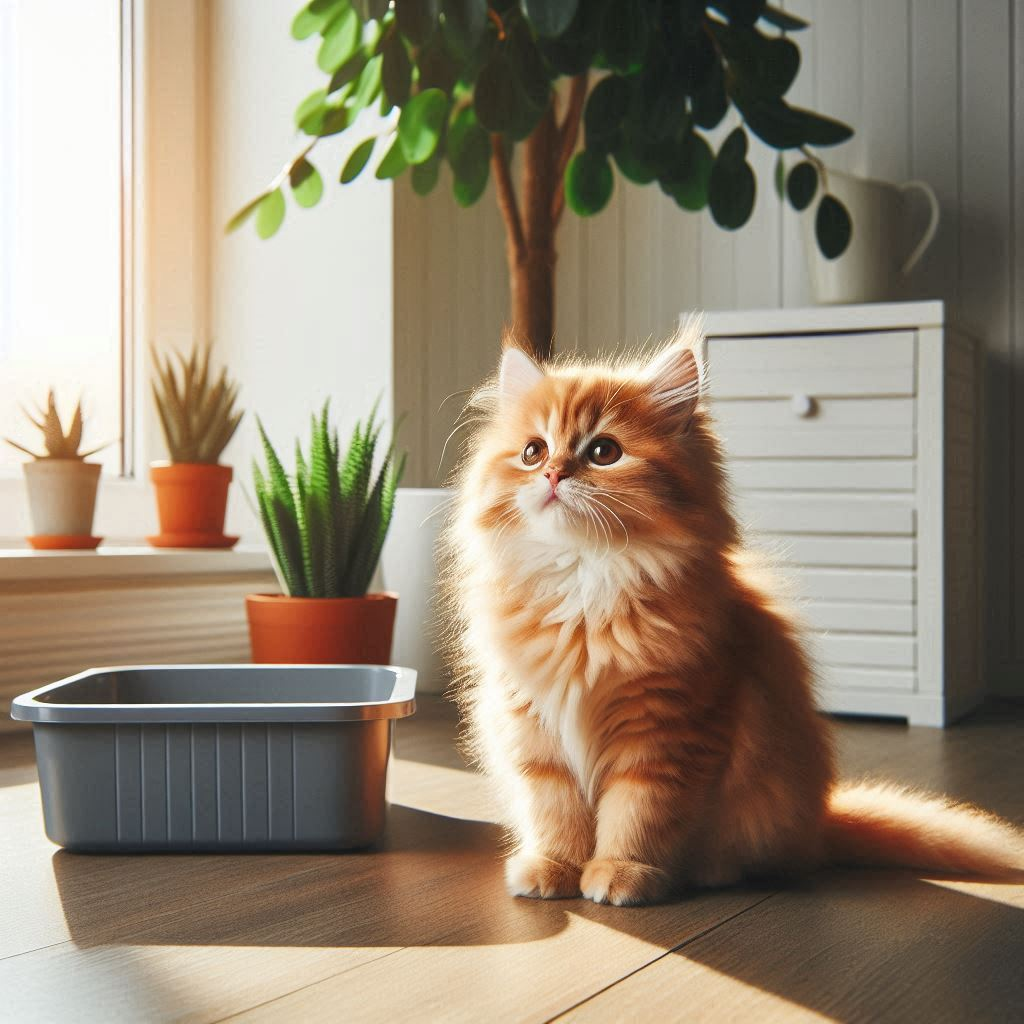Cats are creatures of habit, particularly when it comes to their bathroom routine. One of the most common concerns for cat owners is understanding how long their feline friends can go without access to a litter box.
Whether you’re planning a trip, experiencing a household disruption, or dealing with a stubborn cat who refuses to use the litter box, it’s essential to know the limits of a cat’s bladder and the consequences of withholding access to their bathroom.

In this comprehensive guide, we’ll cover everything you need to know about how long cats can go without using a litter box, factors that influence their bathroom habits, and the potential health risks associated with prolonged periods without relief. We’ll also explore related topics, such as how to encourage healthy litter box use and what to do if your cat refuses to use their box.
1. The Importance of Regular Litter Box Access
Cats are fastidious creatures who naturally seek out a clean and comfortable place to do their business. For indoor cats, the litter box provides this sanctuary. Regular access to a litter box is crucial for their well-being, and a failure to provide it can lead to stress, discomfort, and even medical issues.
Also Read: 8 Reasons Your Cat Meows in the Litter Box
- Bladder and Bowel Health: A cat’s urinary and digestive systems are designed for regular elimination. On average, cats urinate two to four times a day and defecate once. These habits can vary based on the individual cat, their age, and their diet, but going too long without a litter box can cause serious health concerns.
- Behavioral Health: Denying a cat access to a litter box can also lead to anxiety or stress-related behaviors. Cats often view the litter box as a territory marker, and withholding it can lead to inappropriate elimination (such as peeing on furniture) as a way to reassert their dominance or relieve stress.
2. How Long Can Cats Hold Their Urine?
Cats can hold their urine for an impressive amount of time, but just because they can, doesn’t mean they should. Most healthy adult cats can hold their urine for up to 24 to 48 hours if necessary, but this is not ideal or recommended.
Purrfect Insights Top 10 Litter Box Picks


